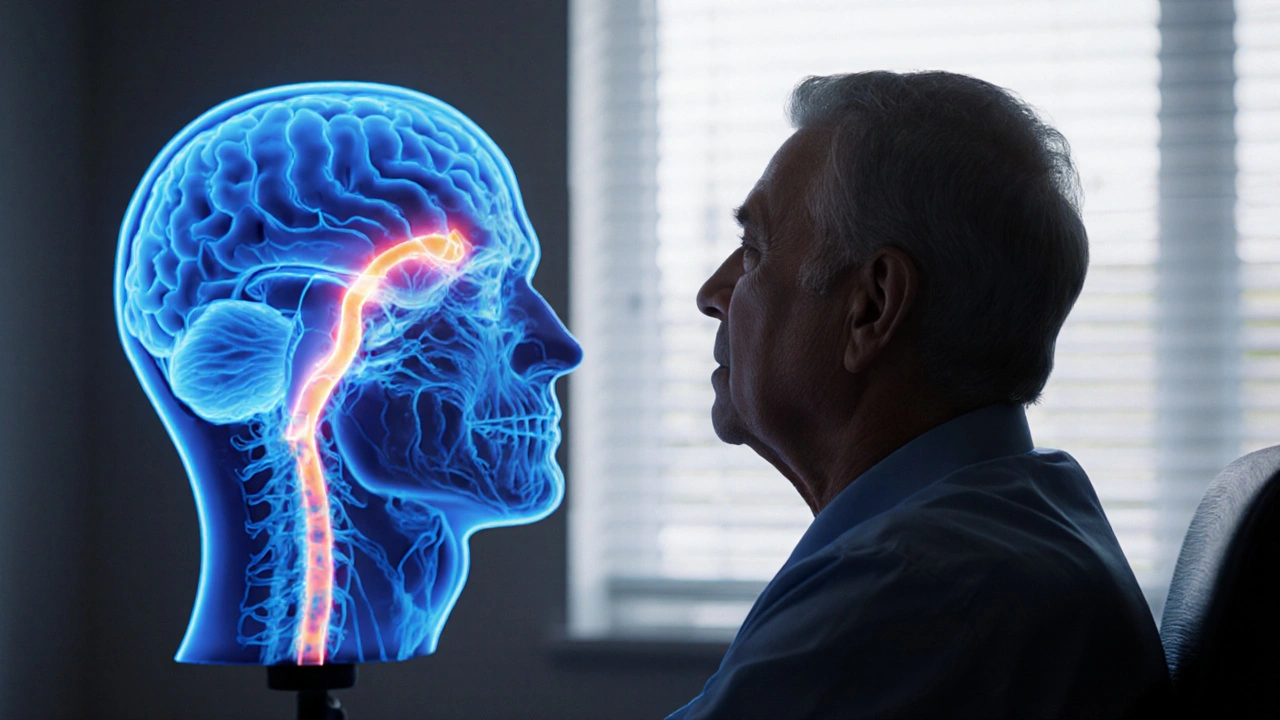Visual Neglect: What It Is, How It Affects Daily Life, and What Helps
When someone has visual neglect, a neurological condition where the brain fails to process information from one side of space, usually the left. Also known as unilateral spatial neglect, it’s not a vision problem—it’s an attention problem. Your eyes work fine, but your brain ignores half the world. People with visual neglect might eat only the food on the right side of their plate, shave only one side of their face, or walk into doorframes on the left without noticing. It’s not laziness. It’s not inattention. It’s the brain literally not registering that side exists.
This condition most often happens after a stroke, a disruption of blood flow to the brain that damages areas responsible for spatial awareness, especially in the right hemisphere. It can also follow brain injury, trauma or tumors that affect the parietal lobe or connected networks. The person isn’t blind to that side—they just don’t pay attention to it. Think of it like your brain’s spotlight is stuck on one side. Everything else fades into the background, even if it’s right in front of you.
Recovery isn’t guaranteed, but it’s possible. Therapy helps. Occupational therapists use tricks like placing objects on the neglected side, using mirrors to redirect attention, or even covering the good eye to force the brain to engage the ignored side. Some patients respond to prism glasses that shift their visual field. Others benefit from repetitive training that rewires how the brain maps space. It’s not about fixing vision—it’s about retraining attention.
If you or someone you know has had a stroke or head injury and seems to ignore one side of their environment, don’t assume it’s just forgetfulness. Visual neglect is common, underdiagnosed, and treatable. The sooner it’s recognized, the better the chance for improvement. The posts below cover real-world cases, rehabilitation strategies, and how this condition connects to other neurological issues like memory loss, mobility problems, and even medication side effects that can worsen attention. You’ll find practical advice from people who’ve lived it—and the tools that helped them get back some control.
Explore how stroke disrupts vision and visual perception, the common deficits like hemianopia and neglect, diagnosis, rehab strategies, and tips for patients and caregivers.

